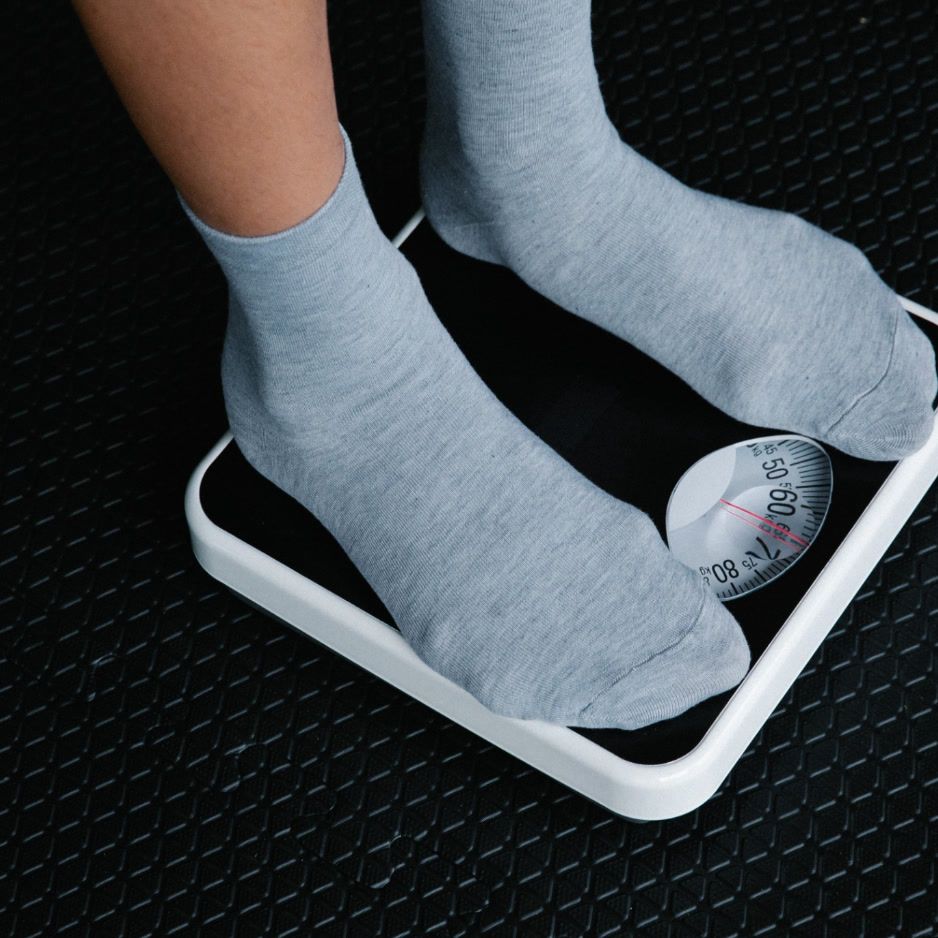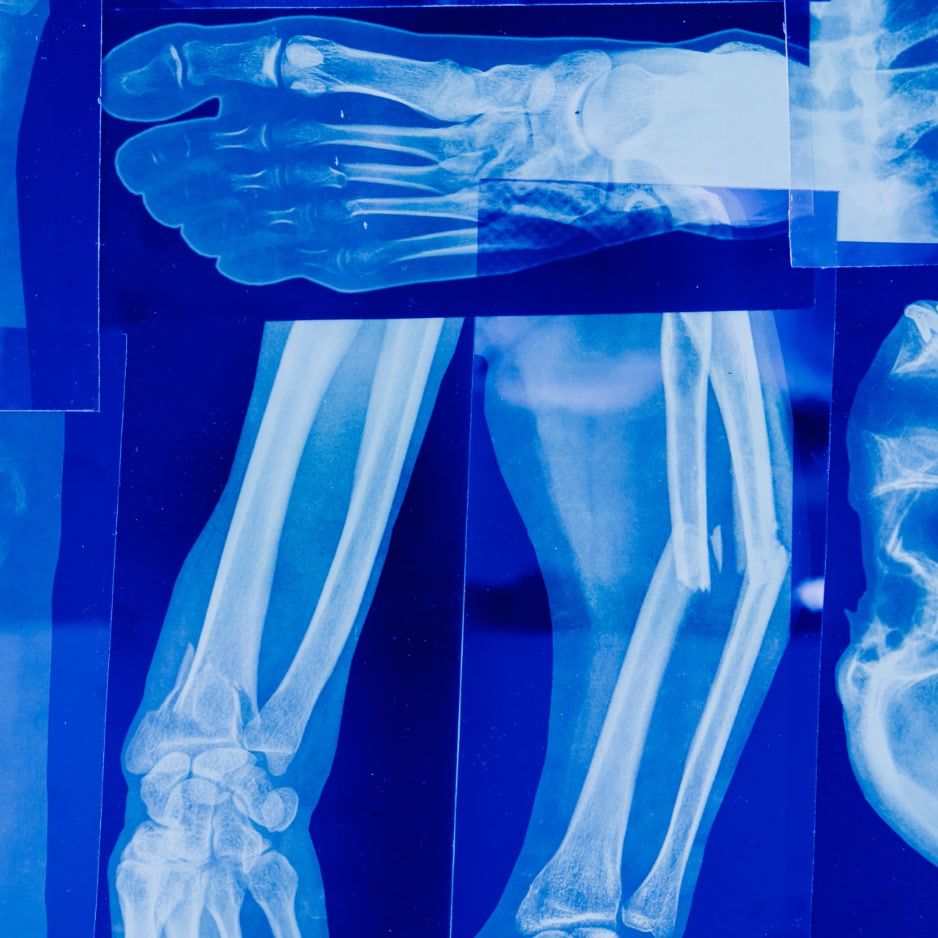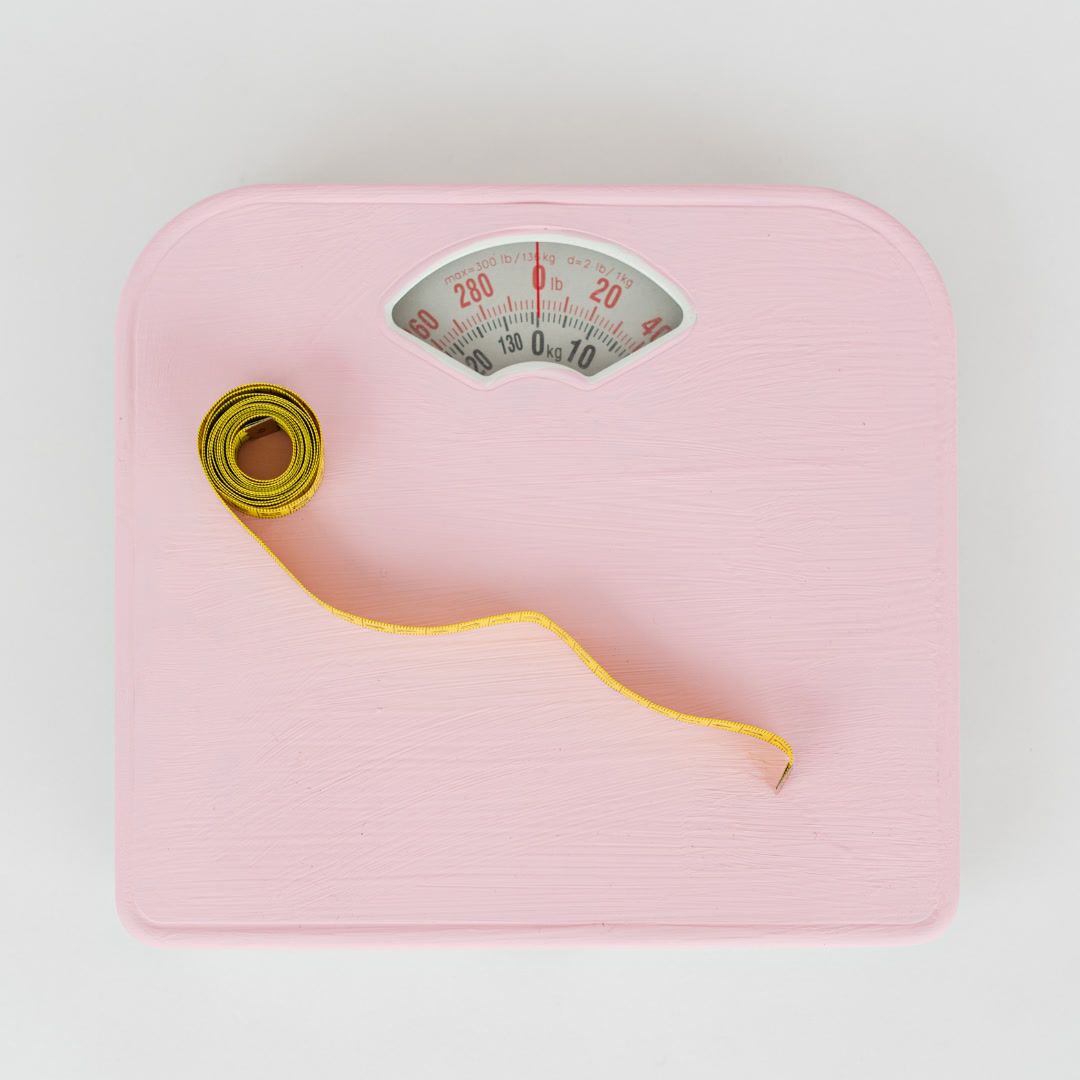Femtech Market Size, Trends & Analysis 2025–2026

Femtech: 2025–2026 Market Size, Trends & Analysis
Femtech (technology built for women’s health) is a fast-growing industry where innovators are finally tackling long-overlooked needs.
In this guide, you’ll learn:
- What femtech covers across life stages
- How and why market-size estimates differ
- The key trends shaping 2025–2026
- How to evaluate quality, safety, privacy, and outcomes
What is femtech?
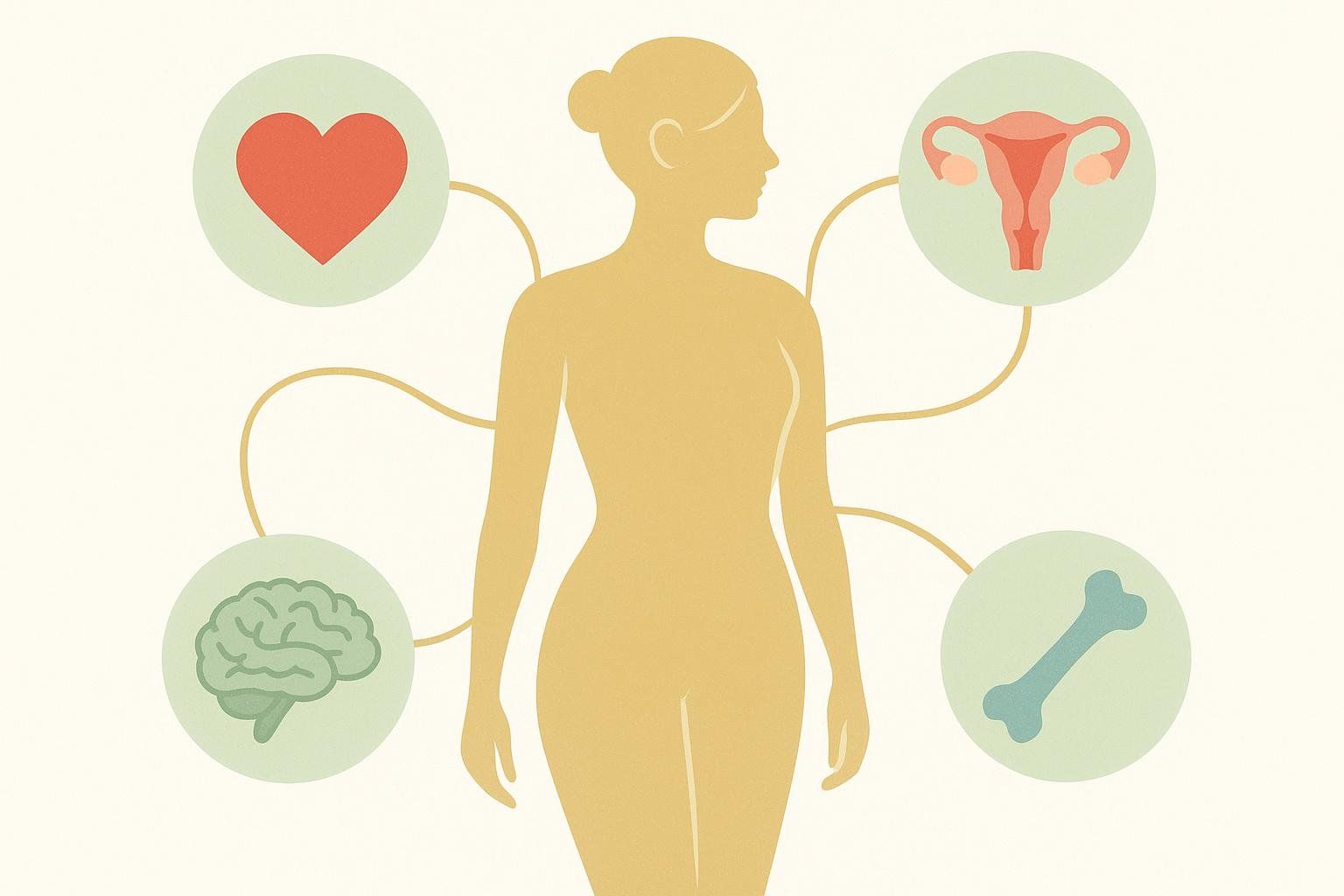
Femtech (short for “female technology”) covers technologies designed to improve women’s health and well-being across life stages. The term was popularized by Ida Tin (Clue) in 2016 and now spans far beyond reproductive health to include conditions that affect women differently or disproportionately, such as autoimmune disease, migraines, cardiovascular disease, and menopause—plus mental health (HealthTech Magazine).
Examples include:
- Software and apps (cycle tracking, symptom coaching, mental health)
- Patient-friendly devices and wearables (pelvic floor trainers, hot-flash wearables)
- At-home diagnostics (hormone testing, vaginal microbiome, fertility)
- Hybrid and virtual clinics that bundle care across life stages
McKinsey highlights how femtech is reshaping care delivery—think virtual clinics (e.g., Tia), DTC services, and diagnostics for underdiagnosed conditions like endometriosis and preterm birth (McKinsey report).
Drivers behind femtech’s growth
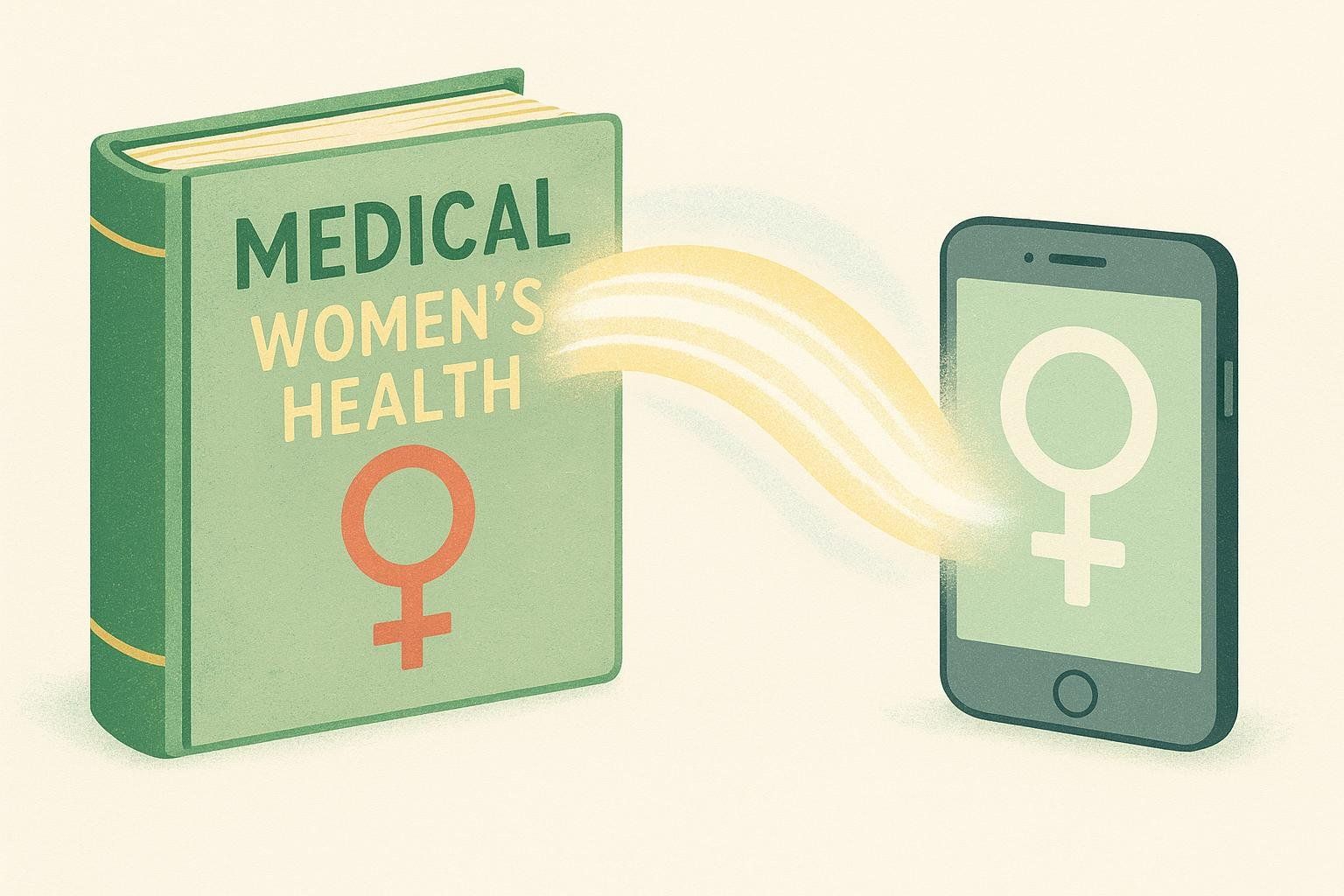
Women’s health is catching up after decades of being under-studied and underbuilt.
- Historical research gaps. Before 1993, women were often excluded from clinical trials. The NIH Revitalization Act of 1993 mandated inclusion of women and minorities to enable sex-specific analysis (NIH policy).
- Care designed with limited input. Many women have felt unheard in traditional care; even routine screenings like mammography have long been criticized for discomfort—reflecting an era with less patient-centered design.
- Evolving evidence base. Guidance on therapies such as menopause hormone treatment has become more individualized since early caution in the 2000s, creating opportunities for tools that support symptom tracking, shared decision-making, and objective monitoring (NAMS 2022).
- Digital comfort. Hybrid and virtual care accelerated during the pandemic, normalizing remote monitoring and app-based coaching.
- Founder and investor energy. Over 70% of femtech companies analyzed by McKinsey had at least one female founder—often translating to more consumer-centric solutions.
- Global initiatives. UNICEF’s 2025–2030 Femtech Initiative underscores worldwide demand and funding gaps, with 1,100+ submissions from 85 countries in its first call (UNICEF Femtech Initiative).
These factors—unmet needs, stronger evidence, and new technology—create significant tailwinds for the industry.
Market size: Why estimates vary so widely
Femtech market projections differ significantly based on how broadly the category is defined.
| Source | Scope (high level) | Market estimate | Notes |
|---|---|---|---|
| McKinsey (763 companies) | Consumer-centric, excluding biopharma and established med devices | ~$0.5–1B market as of 2021; double-digit growth | Narrow scope focused on newer, consumer-first models (McKinsey report). |
| FemTech Analytics / Femtech.health | Broad: apps, software, devices, telehealth, hardware, vitamins/supplements, consumer products | $40.2B (2020) → $75.1B by 2025 (13.3% CAGR) | Much broader product universe and revenue capture (Femtech.health). |
The takeaway: the opportunity is sizable and growing; checking the underlying scope behind any market-size claim is crucial.
UNICEF also calls out a persistent financing gap—only about 2% of global investment is directed to femtech—despite women and girls being half the population.
Femtech subsectors (with examples)
Sector maps from FemTech Analytics and HealthTech Magazine show the following subsectors:
- Menstrual health: Cycle tracking, sustainable products, symptom management
- Fertility & family-building: Ovulation/hormone tests, benefits platforms, clinic navigation
- Pregnancy, postpartum & nursing: Remote monitoring, pumps, recovery support
- Pelvic & urogynecologic health: Pelvic floor training, incontinence devices
- Sexual health & function: Libido support, sexual pain care, education
- Menopause: Hot-flash wearables, symptom tracking, virtual menopause clinics
- General and chronic health in women: Autoimmune, cardiovascular, migraine, bone health
- Mental health: Screening, CBT-based apps, coaching
- Oncology in women: Early detection, precision therapeutics support tools
University/startup collaboration is accelerating. Johns Hopkins projects span sustainable menstrual products to targeted oncology and in-utero surgical tools—showing device-level innovation, not just apps (JHU Ventures).
Trends to watch in 2025–2026
Menopause Moves Mainstream

In 2025–2026, expect more wearables and virtual care addressing hot flashes, sleep, mood, and bone health, with better integration into primary care.
At-Home Diagnostics Get Smarter
Connected devices and AI decision support will increasingly span fertility, the vaginal microbiome, and cardiometabolic risk, with more innovation in diagnostics for historically underdiagnosed conditions.
Pelvic Floor and Pelvic Pain Innovation
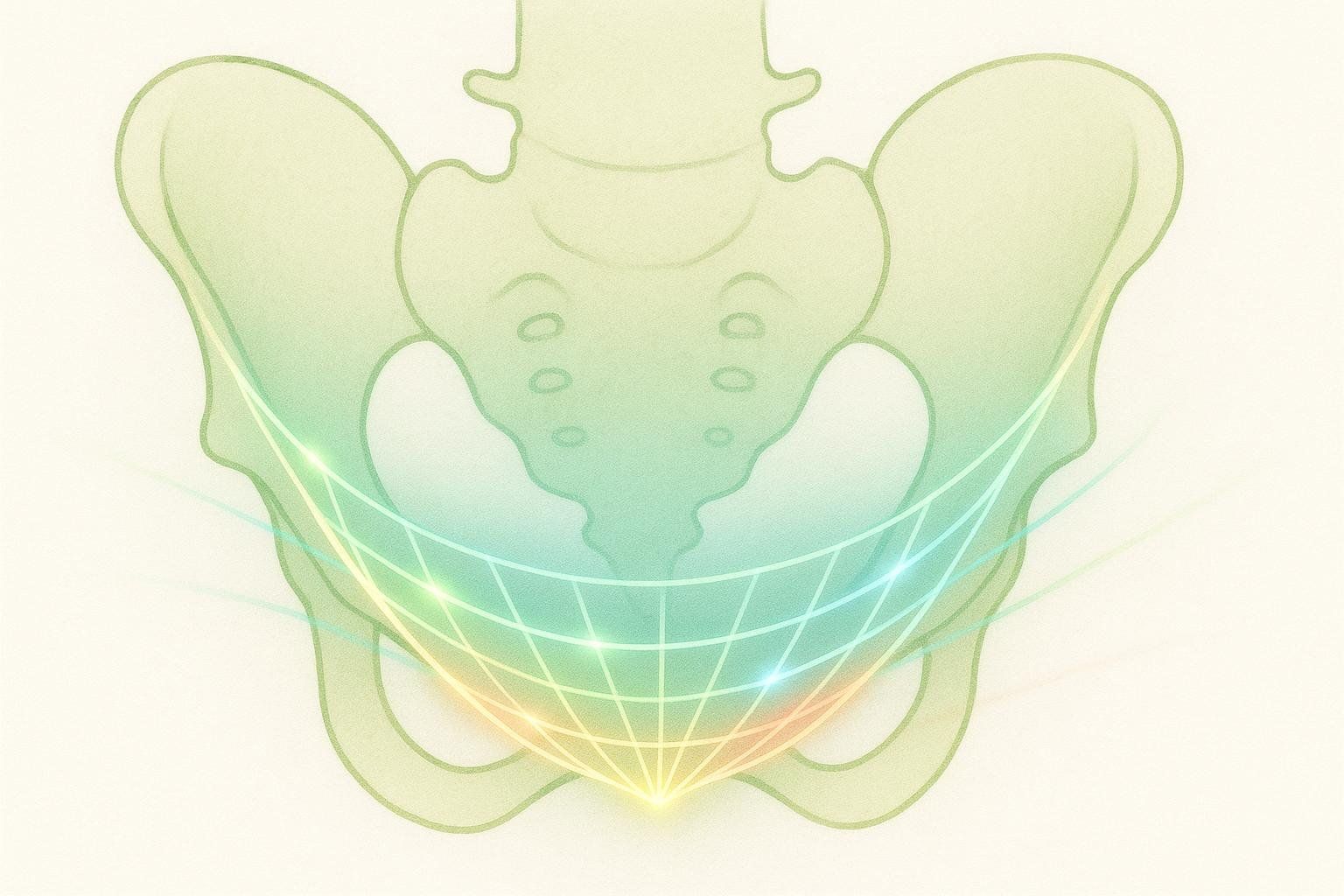
Biofeedback devices and guided programs will focus on reducing leakage, prolapse symptoms, and dyspareunia—areas long stigmatized and under-treated.
Equity and Emerging Markets

UNICEF’s 2025–2030 initiative will push inclusive design, financial agency, and maternal/menstrual health, expanding innovation beyond affluent markets.
From Point Solutions to Platforms
The category will continue consolidating into platforms that guide users across contraception, fertility, pregnancy, postpartum, and menopause, as successful players broaden over time.
Evaluating femtech: the role of objective measurement
As guidance evolves, the focus is shifting to personalized care—supported by objective measurements. Strong products pair symptom relief with quantifiable changes over time.
Objective tools might include:
- Validated symptom scales and patient-reported outcome measures (PROMs)
- Device biomarkers (e.g., heart rate variability, sleep metrics)
- Laboratory tests (e.g., hormone panels when clinically indicated)
- Imaging and body composition assessments (e.g., DEXA) when changes in bone mineral density and lean mass matter
BodySpec can help. Our full-body DEXA scans deliver precise measurements of fat mass, lean mass, visceral fat, and non-diagnostic bone mineral density (BMD) to track trends over time. These scans are a valuable tool for menopause care plans, postpartum recovery, athletic training, and general health optimization when you want to see whether your program preserves muscle and supports bone health.
BodySpec’s DEXA scans are non-diagnostic wellness tools. They do not diagnose osteopenia or osteoporosis and are not a substitute for a clinical bone density test ordered by your clinician.
If you need a diagnostic DXA for osteoporosis screening or treatment decisions, consult your healthcare provider or an imaging center. For background, see our articles on when women should get a bone density test and our guide to bone density testing.
- Track with intention. Pair consistent scan intervals with training, nutrition, or menopause therapy changes to evaluate whether lean mass, fat distribution, and BMD estimates are moving in the right direction.
- Explore related guides:
Regulation, safety, and privacy (in plain English)
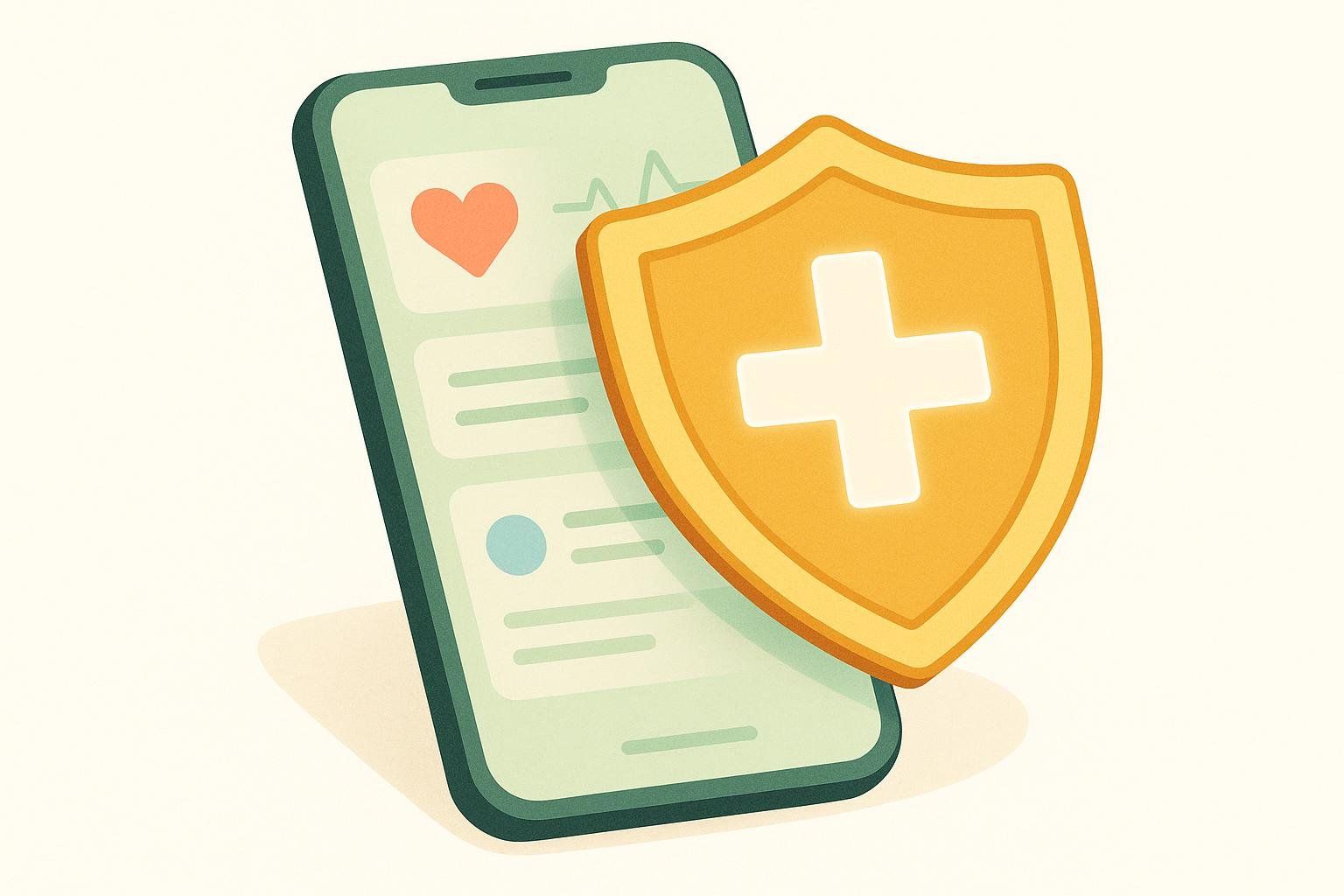
- Does it make a medical claim? If a product diagnoses, treats, or prevents a condition, it may be regulated as a medical device (including SaMD). Not everything in femtech is a medical device, but claims determine the level of oversight.
- Data privacy matters—especially reproductive data. Scrutinize what’s collected, shared, retained, and who sees it. Following legal changes that affect reproductive rights, cycle and pregnancy data face heightened scrutiny.
- Clinical evidence beats marketing. Look for peer-reviewed or IRB-approved studies with representative female populations and meaningful endpoints.
Practical playbooks
For clinicians
- Safety first: Verify regulatory status, data protections, and adverse-event reporting.
- Evidence: Request study design and endpoints (symptom scores plus objective markers like sleep or pelvic floor strength).
- Integration: Favor tools that export structured data or integrate with EHRs.
- Outcomes: Define success (e.g., hot-flash frequency, continence events, muscle retention) and track with periodic DEXA and validated PROMs.
For founders
- Map claims to regulation early to avoid rework; design for measurable outcomes.
- Differentiate with underserved needs (menopause, pelvic pain, bone health, cardiometabolic risk).
- Make privacy a product feature with clear controls and minimal data collection.
- Pursue clinical and academic partners to build evidence.
For investors
- Focus on high-burden conditions: Target areas with significant healthcare costs or disability where current solutions are inadequate (e.g., endometriosis, menopause-related risks).
- Reimbursement readiness: Are there codes/guidelines—or is it DTC-only?
- Evidence maturity: Validated endpoints, pragmatic trials, and a real-world data strategy.
- Data governance: Reproductive data deserves extra diligence.
FAQs
Is femtech only about fertility and periods?
No. The category now includes menopause, pelvic floor care, mental health, cardiovascular risk, autoimmune conditions, oncology, and more.
Are femtech apps covered by HIPAA?
Not necessarily. It depends on the app’s function, data flows, and whether it’s a covered entity/business associate. Regardless, scrutinize privacy policies and sharing practices—especially for reproductive data.
How can I evaluate a femtech product’s claims?
Start with objective measures and clear endpoints. Then ask for regulatory classification, clinical evidence (study design, endpoints, publication status), privacy posture, and real-world outcomes. DEXA scans are one example of an objective tool for tracking changes in body composition and bone health over time.
The bottom line
Femtech isn’t a fad; it’s a long-overdue wave of innovation closing real gaps in women’s health. As the market grows, clear claims, strong privacy, and measurable outcomes will separate durable solutions from hype. With thoughtful adoption and objective tracking, femtech can deliver better care experiences and meaningful health gains for women everywhere.
Ready to track your progress with data? Book a BodySpec DEXA scan to get precise, non-diagnostic body composition insights you can act on.
